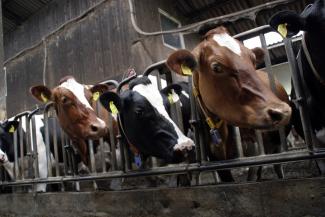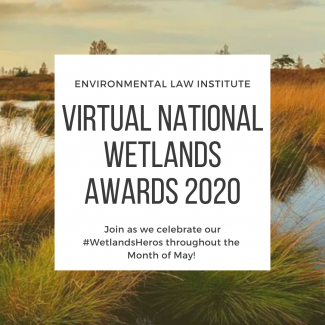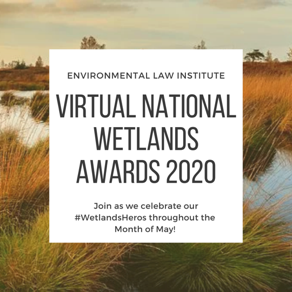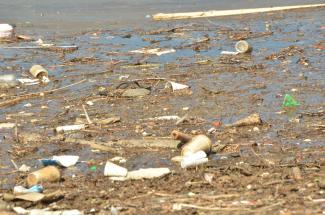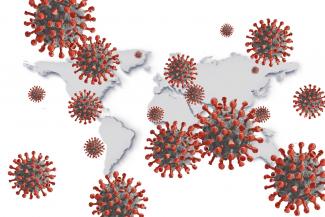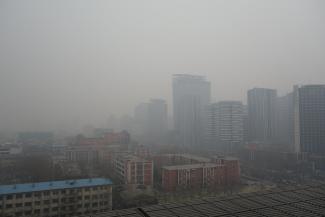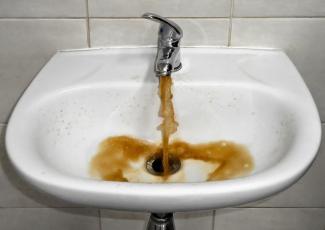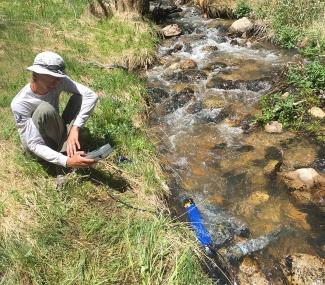Regulating PFAS at the Federal Level: Deriving Policy Options for the United States From Existing EU Regulations (Part 1)
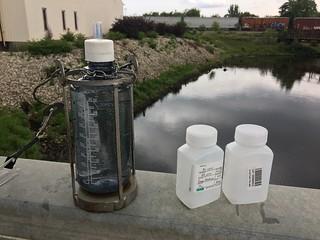
Whether or not you follow chemical regulations, you’ve probably heard of PFAS, per- and polyfluoroalkyl substances, a class of over 4,700 synthetic compounds. While many have discussed the risks of PFAS for human health, regulation is lacking in the United States to limit its use. So, what are the risks posed by PFAS and what policy measures might prove effective in mitigating their potential harm? This two-part blog will explore the answers to these questions.
